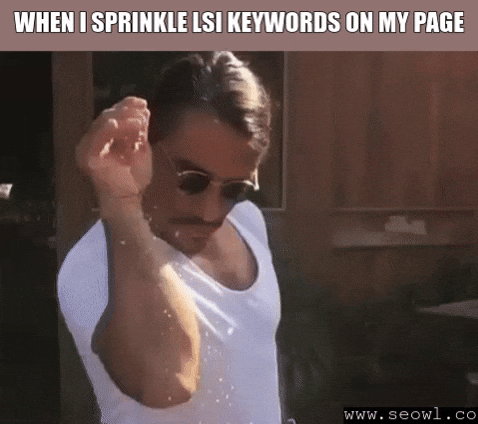- Sellify Success Club
- Posts
- The 10 Best Tactics to Improve Your Shopify Website SEO 📈
The 10 Best Tactics to Improve Your Shopify Website SEO 📈
Hello to the Honey club 🐝
I see Shopify store owners every day who are wondering how to improve their website's SEO. Search engine optimization (SEO) is one of the most important aspects of any Shopify store, as it allows customers to find your store when they are searching for the products or services you sell.
In this article, I will share 10 effective tactics to improve your Shopify website's SEO.

Tactics
1. Choose a relevant domain name
Your domain name is one of the first things people see when they search for your business online. It is therefore important to choose a relevant domain name that reflects your business and products.
For example, if you sell sports shoes, you could choose a domain name like www.sportsshoes.com.
2. Create high-quality content
Content is one of the most important factors for SEO. The more relevant and useful your content is to your customers, the more likely it is to be well-ranked by search engines.
Make sure you create content that meets the needs of your customers. This could include blog posts, product guides, videos, or testimonials.
3. Optimize your content for keywords
Keywords are the terms that people use to search for products or services on Google. When you optimize your content for keywords, you increase the chances that your site will be found by people who are looking for what you have to offer.
There are many ways to optimize your content for keywords. You can include keywords in your titles, descriptions, and text. You can also use title tags and meta tags.
4. Create a solid site structure
Your site's structure is important for SEO. A solid site structure helps search engines understand the relationship between the different pages on your site.
Make sure your site has clear and concise navigation. You should also create internal links between the pages on your site.
5. Optimize your images
Images are a great way to improve the user experience of your site. They can also be helpful for SEO.
When optimizing your images, make sure you name them with relevant keywords. You should also add image descriptions that include keywords.
6. Optimize your title tags and descriptions
Title tags and descriptions are important elements for SEO. They are used by search engines to understand the content of your page.
Make sure your title tags and descriptions are descriptive and include relevant keywords.
7. Get backlinks
Backlinks are links from other websites to your site. They are an important factor for SEO.
Getting backlinks from high-quality websites can help your site rank higher in search results.
8. Pay attention to your site speed
Your site's speed is an important factor for user experience and SEO. Slow websites can lead to higher bounce rates and lower rankings in search results.
Make sure your site is optimized for speed. You can use tools like Google PageSpeed Insights to test your site's speed.
9. Keep your site up-to-date
Search engines like websites that are updated regularly. When you publish new content or updates to your site, you signal to search engines that your site is active and relevant.
Make sure you update your site regularly with new content or updates.
10. Use SEO tools
There are many SEO tools available that can help you improve your Shopify website's SEO. These tools can help you find keywords, analyze your site, and track your performance.
Using SEO tools can help you optimize your site more effectively.
Examples
1. Domain name: For a Shopify store that sells sports shoes, a relevant domain name would be www.sportsshoes.com.
2. Content: A high-quality content example for a Shopify store that sells sports shoes would be a blog post about the best running shoes for beginners.
3. Keywords: Relevant keywords for a Shopify store that sells sports shoes would include "running shoes," "sneakers," and "athletic shoes."
4. Site structure: A solid site structure for a Shopify store that sells sports shoes would include a clear and concise navigation menu that allows users to easily find the products and information they are looking for.
5. Images: Optimized images for a Shopify store that sells sports shoes would be named with relevant keywords and include image descriptions that include keywords.
6. Title tags and descriptions: Descriptive title tags and descriptions for a Shopify store that sells sports shoes would include relevant keywords and accurately summarize the content of the page.
7. Backlinks: High-quality backlinks for a Shopify